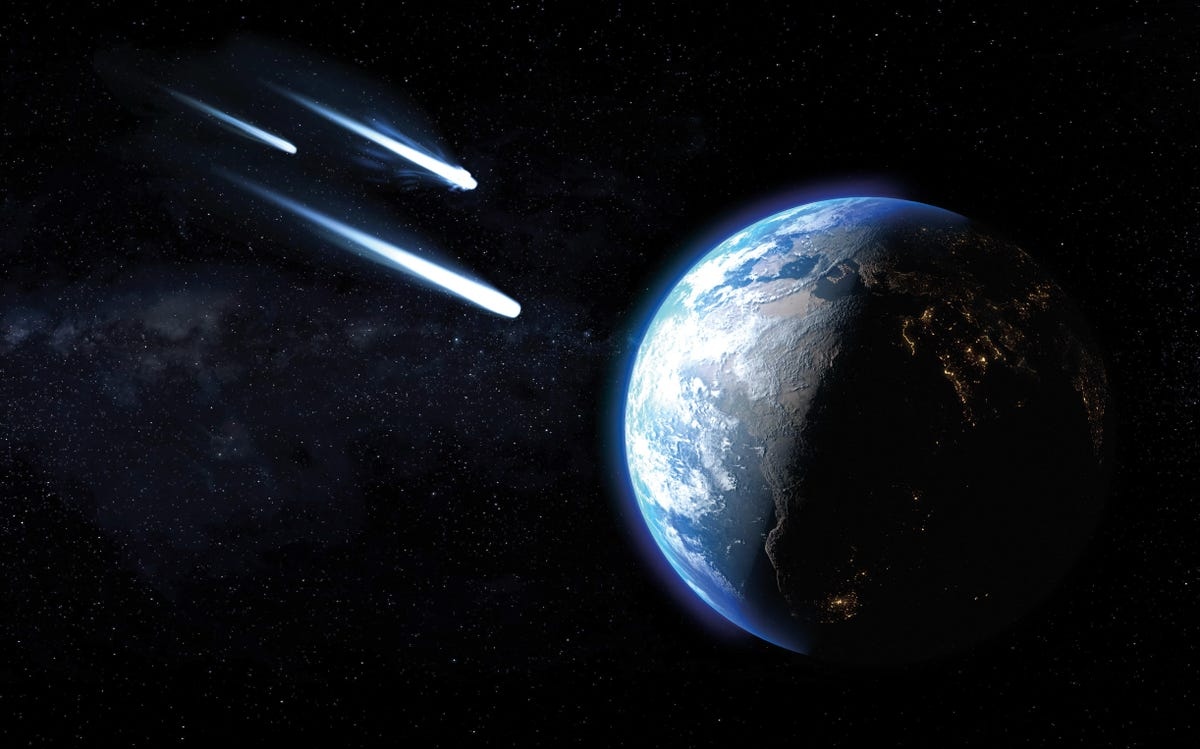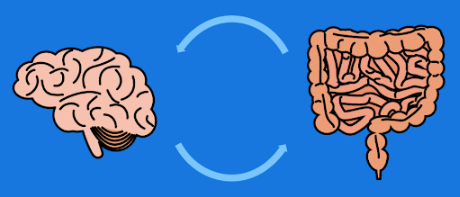How ChatGPT, the internet’s buzziest AI chatbot, actually works

Images: OpenAI/The DONUT
It’s been two weeks since ChatGPT was made public via OpenAI’s website. Since then, the AI chatbot has already garnered more than one million users, who have prompted the tech to do everything from pen essays, to write and debug code, to create a biblical verse in the style of the King James Bible explaining how to remove a peanut butter sandwich from the VCR (read that one here).
And the list could keep going for, well, almost infinity. Its use cases as a chatbot are basically limitless – if you can dream up a prompt, ChatGPT can carry it out.
🤔 How does it work?... While the bot’s interface is simple – just type in a request, question, etc. and you’ll promptly get a response – the underlying tech is anything but. ChatGPT is built on top of OpenAI’s GPT-3, which is one of the largest and most powerful language processing AI models created to date, with 175 billion parameters.
Language models operate on probability, constantly trying to guess the next word in a sentence. And GPT-3 is what’s referred to as a “neural network,” a mathematical system loosely modeled on the network of neurons in the brain. This type of tech, also used by Google Translate, learns skills by analyzing data.
- GPT-3, for instance, was trained using 570 GB worth of text – or 300 billion words – obtained from books, Wikipedia, articles, forums, and other pieces of writing on the internet.
😬 Though as you may imagine, being trained on a mound of data found on the internet – the glorious cesspool that it is – ChatGPT has some… issues. It can pick up biases and stereotypes, and its responses aren’t always accurate. And even though OpenAI has tossed up some guardrails to stop the bot from turning to the dark side, it can still be tricked into becoming DarthGPT.
🤖🗣 Zoom out: ChatGPT isn’t the only AI language generator out there – though most aren’t available to the public. Similar tech has been created by Microsoft, Amazon, Stanford, and Google (remember the sentient AI debate?).
Share this!
Recent Science & Emerging Tech stories

Science & Emerging Tech
| December 12, 2022Splish-splash, Orion takes a bath
🚀 Following a loooong journey through space, NASA’s Orion spacecraft splashed into the Pacific Ocean yesterday morning. And with its touchdown, the first mission of the Artemis program – which aims to return astronauts to the Moon for the first time since 1972 – is now complete.

Science & Emerging Tech
| December 9, 2022On the origin of our species
🌎☄️ The global population just passed 8B last month. And if you think about it, all of that life had to stem from SOMEWHERE. Enter: a new study which provides evidence that a unique type of radioactive meteorite may have initially brought life to Earth billions of years ago.

Science & Emerging Tech
| December 8, 2022The gut and the brain just went from sneaky links to officially dating
🍽🧠 In a pair of new studies published this week in Nature Communications, scientists laid out evidence suggesting that certain types of bacteria in the human gut are correlated with depression.
You've made it this far...
Let's make our relationship official, no 💍 or elaborate proposal required. Learn and stay entertained, for free.👇
All of our news is 100% free and you can unsubscribe anytime; the quiz takes ~10 seconds to complete